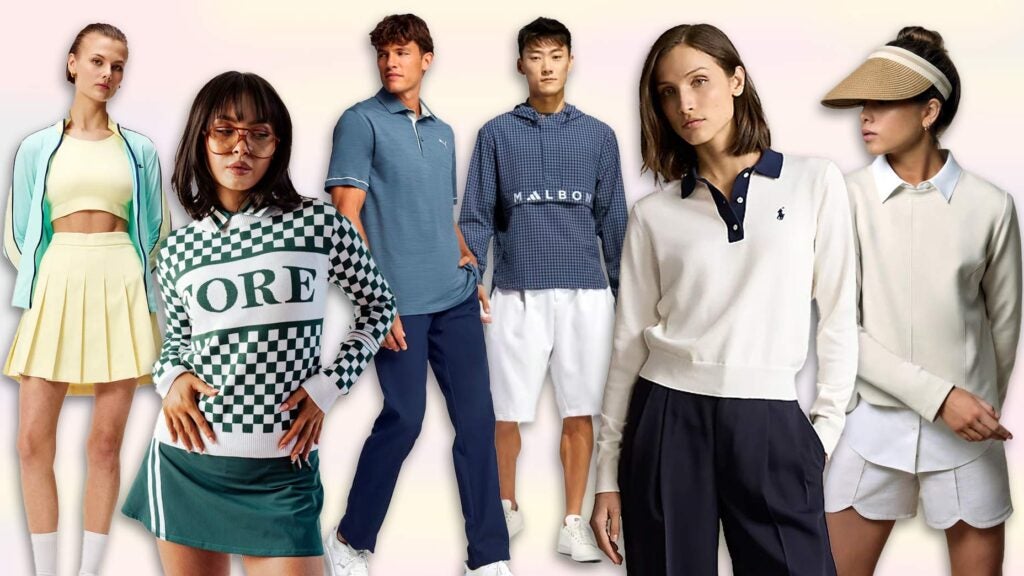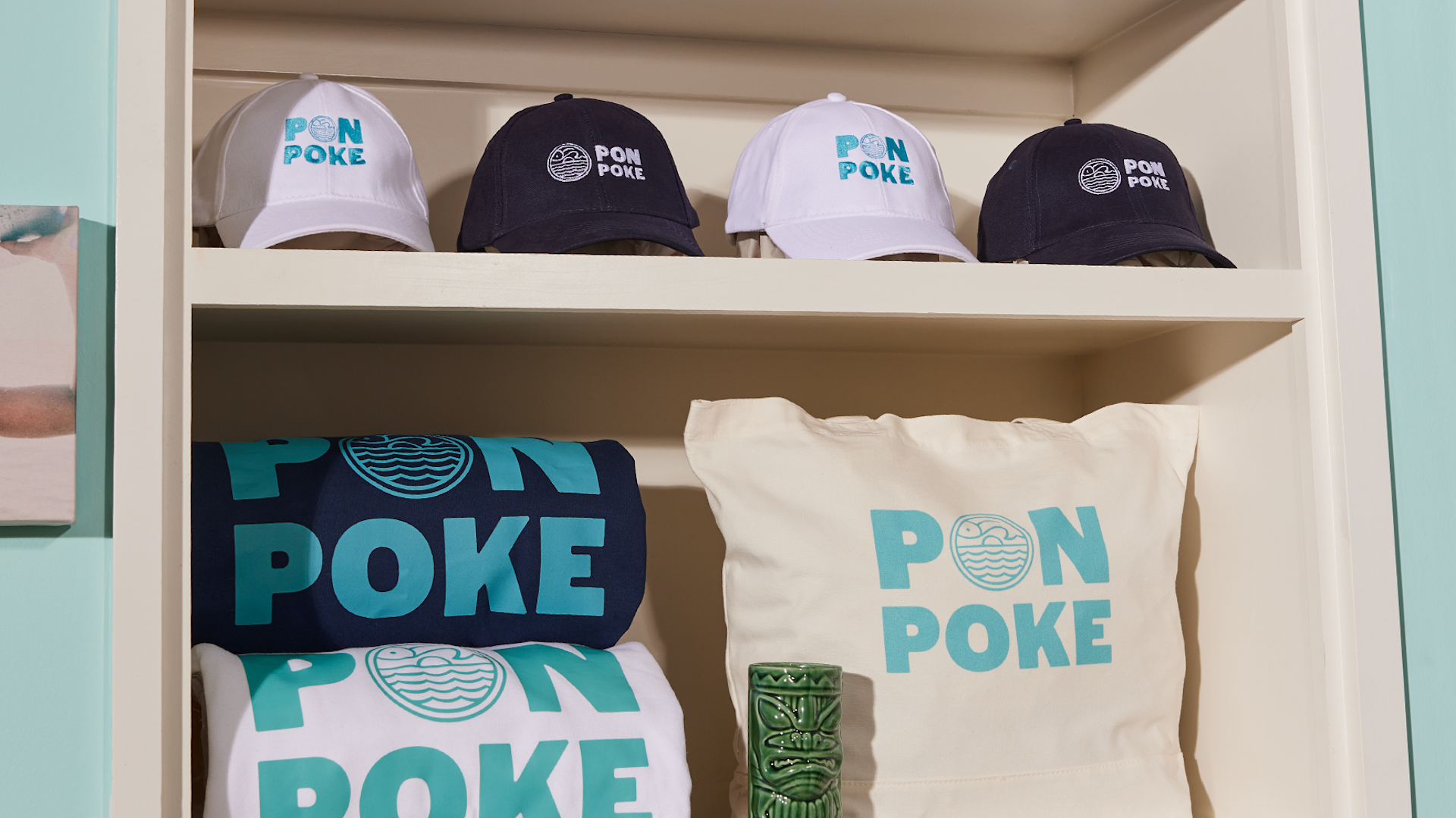How Fabric Choices in Branded Clothing Affect Comfort and Style
How Fabric Choices in Branded Clothing Affect Comfort and Style
Blog Article
The Value of Lasting Garments: Just How It Influences the Environment and Your Wardrobe
Lasting clothes is significantly recognized for its important function in decreasing the environmental impact of the fast apparel industry. By concentrating on eco-friendly products and ethical production techniques, it attends to pushing eco-friendly worries. This change not just profits the world however also affects consumer choices, leading to an extra thoughtful strategy to closet management. Recognizing these dynamics raises important concerns about fashion's future and personal responsibility fit it.
The Environmental Impact of Fast Style

Advantages of Sustainable Materials
Lasting products provide substantial advantages, especially through green fabric choices that decrease environmental damage. These materials likewise demonstrate toughness and longevity, decreasing the requirement for frequent replacements. Because of this, they add to an extra lasting garment industry and promote liable consumer behavior.
Eco-Friendly Material Choices
While the apparel industry has actually long been connected with rapid patterns and environmental damage, the increase of environmentally friendly fabric options provides a transformative opportunity. Sustainable products such as organic cotton, hemp, and Tencel have actually obtained appeal because of their reduced ecological impact. These fabrics are often created without dangerous pesticides and need much less water, lowering their carbon footprint - Branded Clothing. Furthermore, several eco-friendly fabrics are biodegradable, adding to a round economic situation by decreasing waste. Picking lasting products not just sustains ecologically accountable methods yet likewise advertises much healthier ecological communities. As customers become a lot more aware of their buying power, the demand for environment-friendly materials urges brand names to innovate and take on even more sustainable manufacturing approaches, eventually profiting the world and future generations
Sturdiness and Longevity Advantages
Several consumers are progressively identifying the durability and durability benefits of sustainable products in their clothes choices. Unlike standard materials, sustainable products such as organic cotton, hemp, and recycled polyester are crafted to withstand wear and tear, causing garments that last longer. This reduced regularity of replacement not just conserves customers money in time however likewise reduces waste generated by quick fashion. Furthermore, lasting garments commonly utilizes green manufacturing methods that enhance fabric strength, adding to a reduction in the overall carbon impact. By purchasing long lasting clothes, consumers can cultivate a much more lasting closet while delighting in high-grade items that keep their visual and performance gradually. Resilience and durability stand as essential advantages of choosing sustainable products.
Reducing Waste Through Lasting Practices
Lowering waste in the apparel industry can be accomplished via ingenious practices such as upcycling and repurposing products. Furthermore, embracing minimal wardrobe approaches encourages customers to focus on high quality over quantity, ultimately lowering apparel intake. Together, these techniques contribute significantly to a much more sustainable clothes design.
Upcycling and Repurposing Products
Upcycling and repurposing products have emerged as cutting-edge methods in the fashion business, transforming thrown out fabrics right into valuable brand-new items. This strategy not just minimizes waste but also motivates creativity and uniqueness in garments style. By taking old garments and materials, designers can create special items that reflect personal design while minimizing the demand for brand-new resources. Additionally, upcycling often needs much less power and water compared to conventional manufacturing procedures, significantly decreasing the ecological footprint of fashion. As customers come to be extra conscious of sustainability, the appeal of upcycled clothes remains to increase, promoting a round economy. Ultimately, these techniques add to a more sustainable future, where fashion focuses on ecological health and wellness over quick manufacturing and usage.

Minimalist Closet Approaches
As people significantly seek to lessen their ecological effect, adopting minimal wardrobe approaches has actually obtained traction as an efficient technique to lasting style. These strategies stress high quality over amount, motivating consumers to curate a smaller sized collection of functional, sturdy clothes. By focusing on classic items that can be combined and matched, people can lower the regularity of acquisitions and inevitably reduce waste.Additionally, minimalism promotes conscious usage, advising buyers to mirror on the ecological and ethical effects of their options. This method not only fosters an extra sustainable way of living however additionally streamlines everyday decision-making pertaining to clothing. As people welcome minimal concepts, they add to a fashion society that values sustainability and liable consumerism, inevitably causing a much more eco-conscious culture.
The Role of Honest Labor in Sustainable Fashion
While numerous customers are significantly familiar with the environmental effects of their clothes options, the importance of moral labor practices in lasting style can not be forgotten. Moral labor incorporates reasonable earnings, secure working problems, and respect for workers' legal rights, developing the foundation of accountable style production. Brands that prioritize ethical labor not just uplift communities however also set a requirement for accountability in the industry.Moreover, the integration of ethical practices fosters openness, allowing consumers to make informed choices concerning their acquisitions. This technique contrasts dramatically with fast fashion's unscrupulous labor models, which frequently focus on profit over individuals. By sustaining companies dedicated to honest labor, consumers add to a system that values human dignity alongside environmental sustainability. Ethical labor is not merely an add-on; it is important to the more comprehensive objective of lasting style, making certain that the quest for eco-friendliness does not come at the cost of human civil liberties.
The Influence of Lasting Clothing on Carbon Emissions
Sustainable clothing has the possible to greatly minimize carbon emissions connected with the style industry. Conventional garment manufacturing adds especially to greenhouse gas emissions, primarily as a result of energy-intensive production processes and making use of non-renewable resources. On the other hand, lasting style concentrates on green materials, such as organic cotton or recycled fibers, which typically require much less energy to produce.Moreover, lasting brand names have a tendency to take on more effective manufacturing techniques, minimizing waste and decreasing total exhausts. By focusing on toughness and Web Site ageless style, lasting clothing encourages customers to get much less regularly, additional reducing the carbon footprint connected with overconsumption.Additionally, numerous sustainable brands are committed to transparency in their supply chains, making it possible for consumers to make enlightened options that straighten with their worths. Ultimately, changing towards lasting apparel can result in a significant decrease in carbon discharges, adding to a much healthier earth and an extra lasting future for the garment industry.
Supporting Regional Economies With Sustainable Choices
The shift toward sustainable apparel not just addresses environmental issues however additionally substantially benefits neighborhood economies. By picking lasting style, consumers typically sustain regional artisans and tiny organizations, improving area resilience. These ventures typically operate a smaller range, prioritizing craftsmanship and moral methods over mass production.Investing in locally made sustainable clothes fosters job development and promotes economic growth within areas. As consumers come to be a lot more knowledgeable about the environmental effect of their purchases, they progressively look for out items that mirror their values. This demand motivates local producers to embrace lasting methods, contributing to a round economy.Moreover, supporting regional companies decreases transport discharges, aligning with eco-conscious consumer behavior. The interconnectedness of lasting clothes and neighborhood economies highlights the crucial role that individual choices play in promoting both ecological and financial wellness. By fostering these regional connections, neighborhoods can thrive while also functioning towards a more lasting future.
Changing Your Storage Room: Tips for a Lasting Closet
As individuals look for to lower their ecological influence, changing a storage room right into a lasting wardrobe becomes an important action. One reliable method is to evaluate existing clothes, keeping you could try here only things that are worn on a regular basis which line up with sustainability goals. Prioritizing quality over quantity is vital; purchasing resilient pieces from green brands can greatly reduce waste.Additionally, including used things can breathe new life right into a closet while minimizing environmental damages. Organizing garments swaps with good friends or donating extra products can better promote sustainability.When buying, individuals ought to seek products that are organic, recycled, or biodegradable, and avoid fast fashion merchants - Branded Clothing. Finally, practicing conscious usage by thoughtfully considering each acquisition can add to a more sustainable way of life. By applying these ideas, one can create a closet that mirrors individual style while supporting ecological stewardship
Regularly Asked Concerns
Just How Can I Recognize Lasting Apparel Brands?
To recognize sustainable clothes brand names, one need to research products used, look for certifications like Fair Trade, and take a look at the brand name's openness regarding their production processes, labor methods, and ecological impact, making sure ethical and environment-friendly methods are focused on.
What Are the Costs Connected With Sustainable Fashion?
The costs connected with sustainable style can vary substantially. Higher production expenditures, moral sourcing, and green products usually bring about raised list prices, which may deter some customers while interesting environmentally conscious customers.
Can Lasting Clothing Be Stylish and stylish?
Sustainable garments can indeed be fashionable and stylish. Developers significantly focus on cutting-edge materials and honest manufacturing approaches, proving that fashion and sustainability can this hyperlink exist side-by-side. Consumers now have varied options that mix visual appeals with environmental consciousness.
How Does Laundering Garments Affect Their Sustainability?
Cleaning garments substantially influences sustainability by consuming water and energy, contributing to air pollution, and causing microplastic release. Constant washing can weaken fabrics, reducing their life-span and boosting the requirement for substitutes, inevitably worsening environmental problems.
What Is the Life Expectancy of Lasting Clothing Compared to Quick Style?
The life-span of lasting clothes commonly goes beyond that of rapid style items, commonly enduring a number of years due to high quality products and workmanship. On the other hand, rapid style garments may deteriorate rapidly, demanding even more frequent substitutes. Lasting clothes is progressively identified for its essential role in reducing the ecological influence of the fast style market. While numerous customers are significantly conscious of the environmental consequences of their clothes selections, the value of ethical labor practices in lasting fashion can not be forgotten. Branded Clothing. Sustainable garments has the possible to considerably reduce carbon emissions linked with the fashion sector. In comparison, sustainable fashion focuses on green products, such as organic cotton or recycled fibers, which usually need less energy to produce.Moreover, lasting brands tend to embrace much more reliable production techniques, decreasing waste and reducing total exhausts. By focusing on resilience and timeless design, sustainable apparel urges customers to buy much less regularly, more minimizing the carbon impact linked with overconsumption.Additionally, many lasting brand names are committed to openness in their supply chains, enabling customers to make informed selections that straighten with their values
Report this page